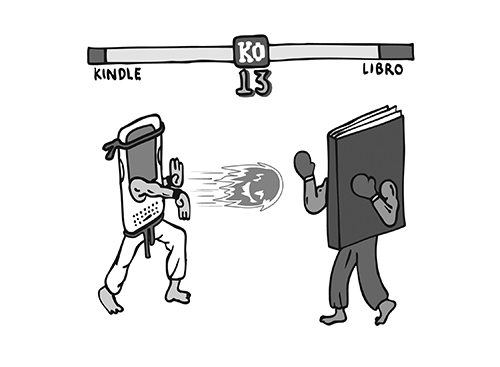With approximately 30 of his former athletes gathered around him, former Portland State track and field head coach Ralph Davis seemed overcome with happiness. Davis, elected as a member of the Portland State Athletics Hall of Fame in 1998, was lauded by the runners, jumpers and throwers, into whom he had once poured countless hours of instruction.
Legendary status
With approximately 30 of his former athletes gathered around him, former Portland State track and field head coach Ralph Davis seemed overcome with happiness.
Davis, elected as a member of the Portland State Athletics Hall of Fame in 1998, was lauded by the runners, jumpers and throwers, into whom he had once poured countless hours of instruction.
This was a display of appreciation for the role that he had played in each of their lives at a reunion honoring the coach’s legacy at the Simon Benson House last Saturday.
The reunion, organized by several of the former players and the Portland State Alumni Association, brought Davis and his wife Betty back in touch with many of the athletes that had competed under his tutelage from 1957-62.
“He helped me in so many areas of my life,” former high jumper Phil White said. “He really turned my life around.”
In 1953, Davis took a job at what was then Portland State College. His work would continue for 36 years and included time as head football coach, a physical education teacher and head track and field coach for 17 years.
All who attended fondly recounted Davis’ compassion, honesty and knowledge of the sport, each qualities that made the student-athletes’ time in school more enjoyable.
Howard Strong, who was a sprinter during the early 1960s and holds the sixth best 100-meter dash time in school history, said that Davis taught him a sense of toughness that has remained with him his entire life.
“I had a tendency to give in when things got hard, but Ralph really taught me to persevere through difficult times,” Strong said.
Strong said that Davis’ influence on him had outlasted his athletic career and was echoed by all present. Stan Sposito, a successful sprinter and jumper, said that Davis affected him more than any other single person in his whole life.
“I have never met a more caring and memorable person in all of my service in the military, my professional career and even in my family,” Sposito said.
According to Strong and others, Davis was one of the first coaches that successfully recruited athletes from the Portland Interscholastic League high schools, luring local products to stay in the Rose City despite the lack of track and field facilities at Portland State.
During Davis’ tenure, his teams were consistently labeled as the premier small college track team in Oregon. In 1960, his team became the first undefeated track team at the division NAIA level in the history of Oregon.
For many of the athletes, Davis’ friendship continued well after their time in the South Park Blocks ended. Lee Clark, a thrower from 1958-60, said that Davis made a special appearance at his son’s state championship meet and later at his son’s high school graduation.
Speaking humbly while holding hands with his wife, Davis said that he underestimated the impact he would have.
“At the time, I didn’t think I was doing anything outstanding or even making an impression on any of you,” Davis said. “Those experiences have meant so much to me as well as you.”
Story from the sixtiesLoren Remy was a three-sport athlete at Portland State from 1959-65. He recounted a story about the character and personality of former track and field coach Ralph Davis.
“When I was in the summer before my junior year, I was working construction and I fell on the job about 72 feet. I broke my arm in several places and had to have multiple surgeries and two pins inserted into my arm. It happened to be my throwing arm. When I went to tell coach that I would be unable to throw the shot put that year, he told me, ‘You just need to get in the weight room and you’ll be alright.'”
“I reluctantly did as he asked. It was a difficult year. I had been throwing 52 feet, which was good for that time, and I dropped down to 42 feet. But at the end of the year, I was happy that I had stuck with it. He always taught me, ‘Don’t look at what you’ve done. Instead, look at what you’ve got to do to get better.'”




